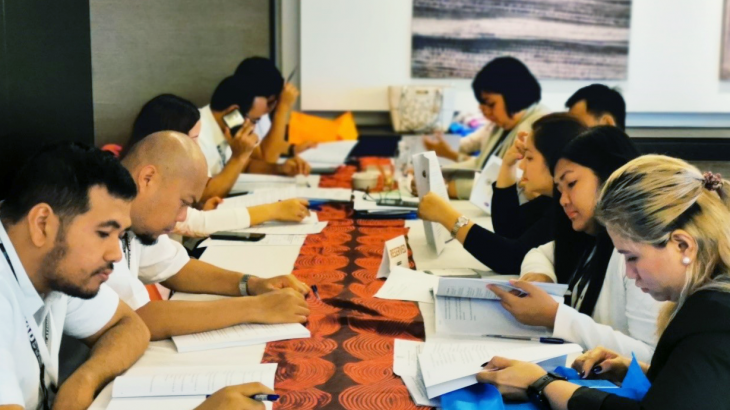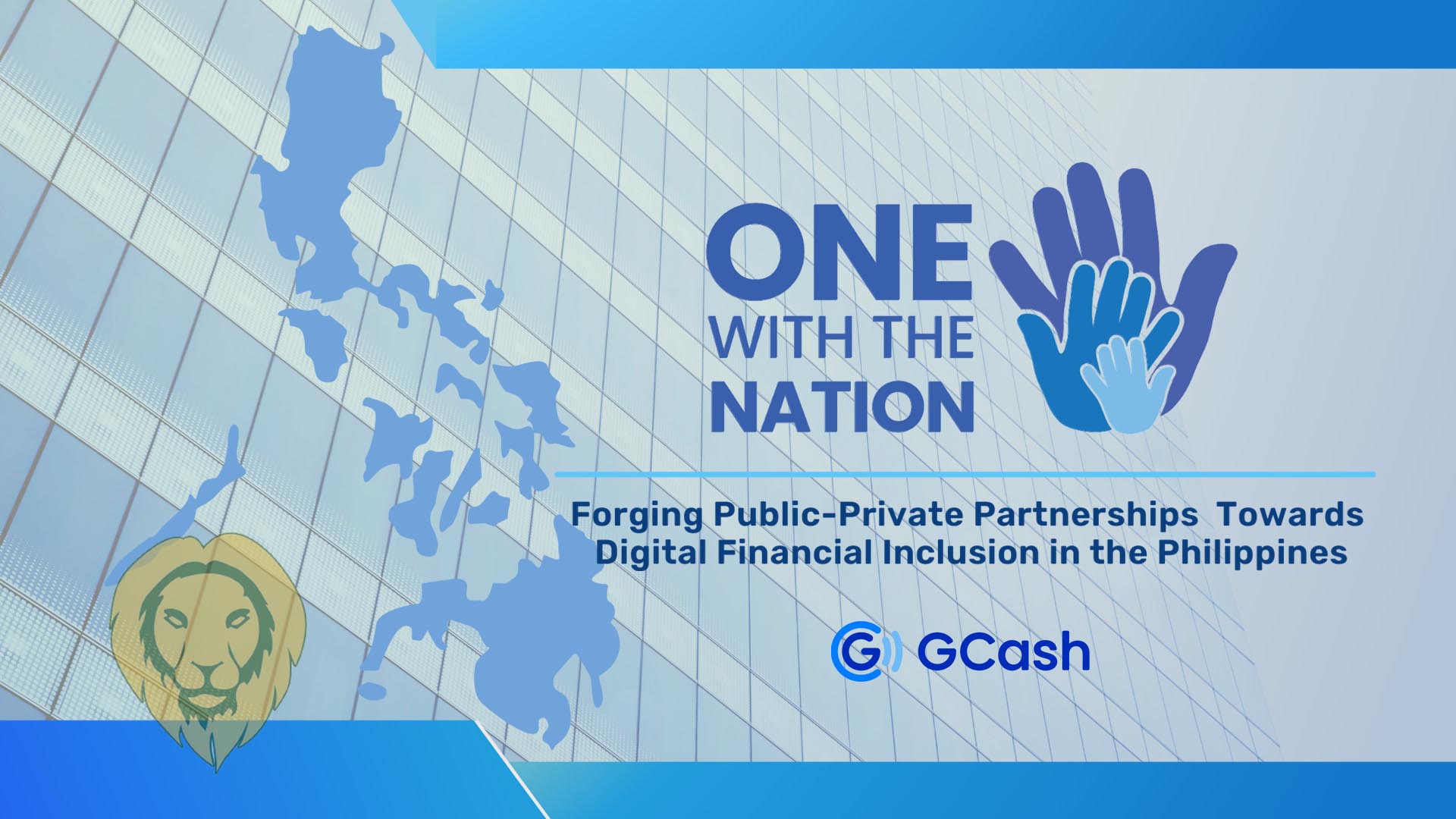The main tourism organization in the Philippines is the Department of Tourism (DOT), which is responsible for promoting, developing, and regulating the Philippine tourism industry.

Introduction
Background of Tourism in the Philippines
The Philippines, an archipelago comprising more than 7,000 islands, has a rich history of tourism, attracting visitors with its stunning natural landscapes, vibrant culture, and warm hospitality.
- Early Tourism: Tourism in the Philippines can trace its roots back to the Spanish colonial era, where the country’s coastal towns became popular destinations for trade and leisure.
- Post-War Era: After World War II, the country’s tourism industry began to flourish, promoting its picturesque beaches like Boracay and historical sites such as Intramuros.
- Modern Tourism: In recent years, the government has invested significantly in tourism infrastructure, creating more accessible transportation and developing eco-friendly resorts to attract international tourists.
Importance of Tourism Industry
The tourism industry is a vital sector in the Philippines’ economy, generating significant revenue, creating jobs, and promoting cultural exchange ,Main tourism organization in the Philippines is DOT.
- Economic Contribution: Tourism is one of the top sources of foreign exchange earnings in the country. In 2019, it contributed approximately 12.7% to the nation’s GDP, signifying its critical role in economic development.
- Employment Opportunities: The industry provides employment for millions of Filipinos, from hotel staff to tour guides. It supports related sectors such as food and beverage, transportation, and arts and crafts.
- Cultural Promotion: Through tourism, the rich cultural heritage of the Philippines, including UNESCO World Heritage Sites like the Baroque Churches and the Rice Terraces of the Philippine Cordilleras, is showcased to the world. The festivals, traditions, and culinary experiences become an essential part of the tourism offering.
- Sustainable Development: The government’s commitment to sustainable tourism ensures that natural resources are preserved, and local communities benefit from tourism revenue. Initiatives like the rehabilitation of Boracay Island are evidence of the dedication to environmental responsibility.
The Main Tourism Organization in the Philippines: Department of Tourism (DOT)
History and Formation
Its formation marked a significant step in recognizing tourism as a vital part of the country’s economic development.
- Early Years: Initially operating as a small unit within other government departments, the DOT eventually became a full-fledged department to oversee the nation’s tourism policies and strategies.
- Legislative Milestones: The passing of the Tourism Act of 2009 further empowered the DOT, strengthening its mandate to promote sustainable and responsible tourism.
Mission and Vision
The Department of Tourism operates with a clear mission and vision to enhance the tourism sector in the Philippines.
- Mission: The DOT’s mission is to promote the Philippines as a world-class tourism destination, showcasing the best of its natural beauty, cultural heritage, and Filipino hospitality.
- Vision: The vision of the department is to become a leader in global tourism, prioritizing sustainability, inclusivity, and innovation. The goal is to provide memorable and enriching experiences for both local and international tourists.
Organizational Structure
The DOT’s organizational structure is designed to facilitate the efficient execution of its functions.
- Central Office: Headed by the Tourism Secretary, the central office coordinates policy-making, planning, and standard-setting.
- Regional Offices: The DOT operates regional offices across the country, implementing programs and projects tailored to the specific needs and opportunities of each region.
- Attached Agencies: Various agencies like the Tourism Promotions Board and the Philippine Tourism Authority work in coordination with the DOT to enhance the tourism experience in the Philippines.
Key Functions and Responsibilities
- Marketing and Promotion: Through international advertising campaigns, participation in travel fairs, and collaboration with travel agencies, the DOT actively markets the Philippines as a must-visit destination.
- Regulation and Accreditation: The DOT sets quality standards for tourism facilities and services, ensuring safety, accessibility, and sustainability.
- Research and Development: Conducting research on market trends, tourist behavior, and industry best practices enables the DOT to adapt its strategies and remain competitive in the global tourism landscape.
- Education and Training: The department provides training programs and educational materials for tourism practitioners, enhancing their skills and knowledge in hospitality management.

Subsidiary Bodies and Partnerships
The Department of Tourism (DOT) in the Philippines works closely with various subsidiary bodies and engages in partnerships to promote and develop tourism in the country.Main tourism organization in the Philippines is DOT. The following entities play crucial roles in collaboration with the DOT:
Tourism Promotion Board (TPB)
The Tourism Promotion Board is primarily responsible for marketing and promoting the Philippines as a tourism destination. It works on both international and domestic fronts.
- Functions:
- Advertising and Publicity
- Market Research
- Tourism Events Management
- Collaboration with travel agencies and tour operators
Philippine Convention and Visitors Corporation (PCVC)
The PCVC focuses on attracting conventions, business meetings, and trade events to the Philippines, showcasing the country as a viable location for global business activities.
- Functions:
- Convention Bid Preparation
- Meeting Planning and Support
- Marketing to International Meeting Planners
- Coordination with hotels and conference venues
Local Government Units (LGUs) Coordination
LGUs play a vital role in tourism development at the local level. Coordination between the DOT and LGUs ensures alignment of local tourism initiatives with national strategies.
- Functions:
- Development of Local Tourism Plans
- Implementation of DOT Guidelines and Policies
- Maintenance of Local Tourist Attractions
- Coordination with local businesses and communities
Private Sector Collaboration
The collaboration between the DOT and private sectors like hotels, airlines, and travel agencies ensures a cohesive effort in promoting tourism.
- Functions:
- Joint Marketing Initiatives
- Standard Setting and Accreditation
- Investment in Tourism Infrastructure
- Innovation in Products and Services

Future Trends and Prospects
The tourism industry in the Philippines is constantly evolving, embracing new trends and looking ahead to future prospects.
Technology and Tourism
The integration of technology is reshaping the way tourism operates, offering enhanced experiences and more efficient services.
- Digital Marketing: Utilizing online platforms and social media to promote destinations and engage with potential tourists.
- Virtual Reality (VR) Experiences: Offering virtual tours of key attractions like the Chocolate Hills or historic sites, providing a taste of the destination from the comfort of home.
- Online Booking and Management Systems: Streamlining reservations, ticketing, and customer management to make travel planning more convenient for tourists.
Sustainable Tourism Initiatives
Sustainable tourism ensures that the natural and cultural treasures of the Philippines remain preserved for future generations.
- Eco-friendly Accommodations: Encouraging hotels and resorts to adopt green practices, such as solar energy, waste reduction, and water conservation.
- Community Involvement: Promoting tourism projects that benefit local communities, preserving their culture and environment.
Global Competitiveness
- Quality Assurance: Regularly assessing and enhancing the quality of services and facilities to meet international standards.
- Strategic Partnerships: Forming alliances with global tourism organizations and multinational corporations to increase the country’s presence in key markets.
- Tailored Experiences: Developing niche tourism products, such as medical tourism or culinary tourism, to attract diverse segments of the global tourist population.